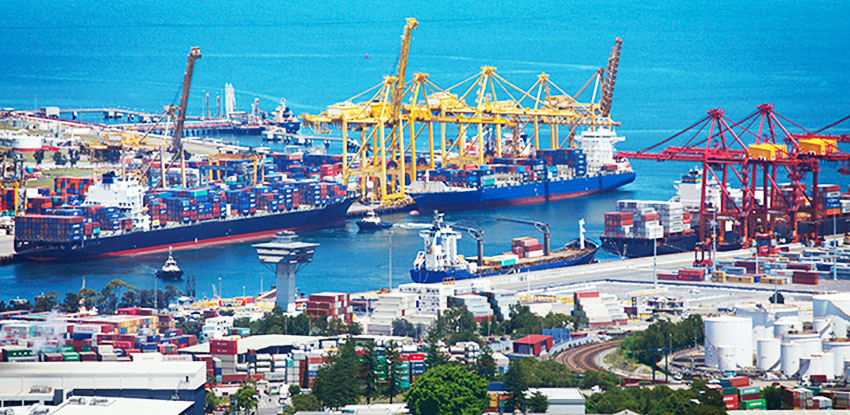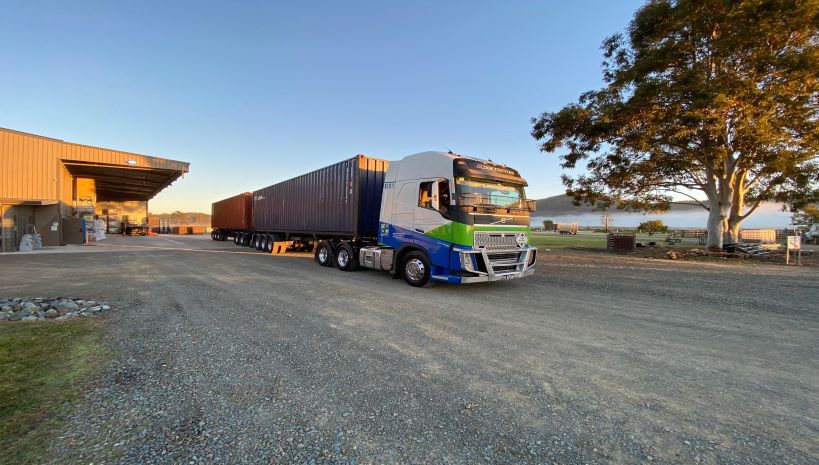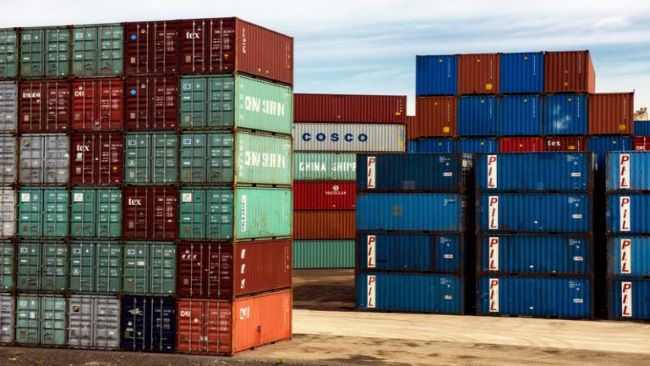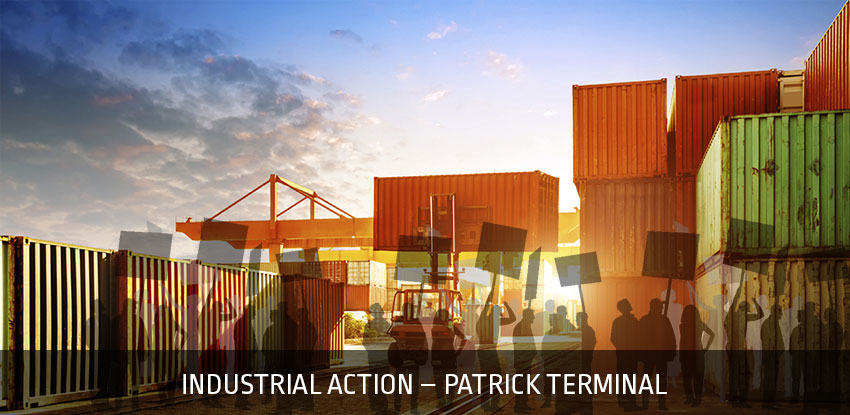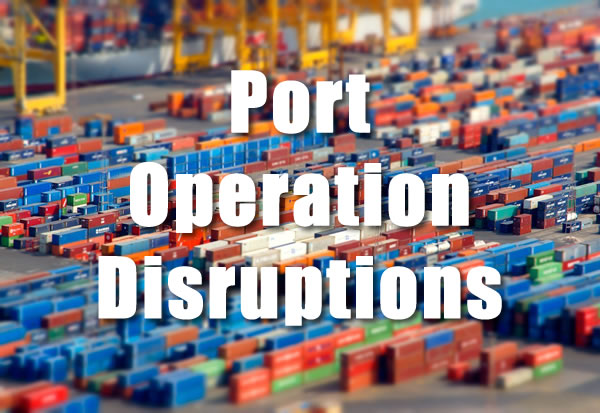The World Organisation for Animal Health reported on 10 January 2025 that a case of foot-and-mouth disease (FMD) has been confirmed in Germany, the first such occurrence in the country since 1988.
Department of Agriculture, Fisheries and Forestry is working to assess the biosecurity risk to Australia and what this might mean for import conditions for the following impacted commodities:
- Dairy that is sourced, manufactured or exported from Germany.
- Personal dairy and beef food items imported as passenger personal effects or through the mail into Australia from Germany.
- Reproductive material derived from cattle, sheep, goats, zoo bovids, giraffe or elephants sourced or exported from Germany.
- Veterinary therapeutics containing or derived from bovine, porcine, ovine, caprine, cervine or camelid materials sourced, manufactured or exported from Germany.
- Pet food and stock feed containing or derived from bovine, porcine, ovine, caprine, cervine or camelid materials sourced, manufactured or exported from Germany.
- Laboratory goods containing bovine, porcine, ovine, caprine, cervine and camelid fluids and tissues (including but not limited to test kits, animal fluids and tissues, culture media, foetal bovine serum, environmental samples and other laboratory materials) sourced, manufactured or exported from Germany.
To help mitigate the risk to Australia, Germany has been removed from the list of FMD-free countries effective 14 November 2024.
The department will shortly amend its FMD free list to reflect Germany’s new FMD status. Any commercial dairy consignment or personal quantities of dairy and beef food items from Germany will be held under biosecurity control, effective immediately. Germany is a large dairy producer and exporter, including to Australia.
Over the coming days the department will undertake a detailed assessment of all traded goods from Germany and may introduce additional import restrictions for commodities, including pet food, stock feed, laboratory reagents and reproductive material.
The department will also directly contact with any permit holders or permit applicants impacted by this outbreak to advise of any potential changes to import conditions that may be required to protect Australia’s livestock production industries.
FMD does not infect humans and does not pose a food safety risk but an incursion of the virus would have severe consequences for Australia’s animal health and trade. ABARES estimates direct economic losses of around $80 billion over a ten-year period to the livestock and meat processing sector should an outbreak occur in Australia.
Please click Read More to view IIAN 06-2025 in its entirety.


